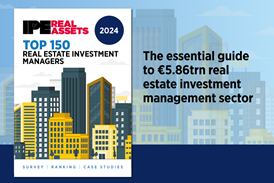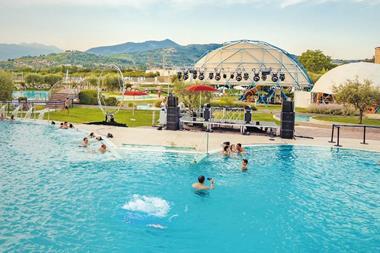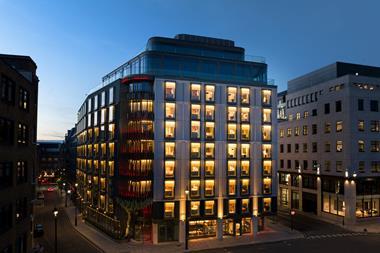Cash-rich Spanish real estate developers are looking to take the lead in house building in central and Eastern Europe, partly as insurance against the possible slowing of the impressive growth in the home market.
Cash-rich Spanish real estate developers are looking to take the lead in house building in central and Eastern Europe, partly as insurance against the possible slowing of the impressive growth in the home market.
'Spanish companies are conscious of the hard lessons learned 15 years ago when they were ready to adjust quickly enough to market changes,' noted Josep M. Pons, managing director of the Barcelona Meeting Point, during an interview with PropertyEU on the last day of the real estate symposium and fair.
In more recent times, developers have greatly benefited from the sizzling business climate in Spain, with house prices rising by an average of 15% per year. This has led to speculation that the residential property market will hit the brakes sooner or later, cutting into the profits of major Spanish developers.
Echoing views expressed during the Barcelona Meeting Point symposia, Pons said he did not think it was correct to refer to a 'residential property bubble' that was about to burst.
Acknowledging that the high end of the housing market may 'cool somewhat', he said Spain had shown itself capable of hosting a million immigrants who all needed housing - beginning with entry-level residences before trading up later.
Nevertheless, Spanish real estate firms - flush with money from the buoyant Spanish residential market - are expanding abroad in force, partly as a defensive diversification measure and partly because it is the logical next step. Pons cites the acquisition of BAA - the owner of seven UK airports - by Ferrovail, as well as Inmobiliaria Colonial's takeover of French real estate company SFL.
The central and eastern European region is also firmly in their sights. On Thursday, Fadesa broke into the Bulgarian market with the purchase of land in the centre of the capital Sofia for EUR 23 mln.
As Spanish developers are heavily involved in house building, the CEE region is the place for them to be as major residential projects will be the order of the day, said Pons. 'Look at the average western European capital city: London has 10 million of the UK's 60 million residents and greater Paris is home to almost 10 million. It is a normal trend'.
'Ín contrast, only 2.8 million of Poland's population of 40 million currently live in greater Warsaw. That is going to change and the city is going to need an awful lot of new homes,' said Pons.
The Meeting Point organisation is also getting in on the act. To cater for the hunger for knowledge and expertise for market. It held the first Central Europe Meeting Point symposium in Warsaw in April.
It has started off small: there were 14 sessions with 47 speakers and 497participants, small when compared to the 10-year-old brother in Barcelona. Pons said the growth of Central Europe Meeting Point would largely depend on developments in the CEE market. Spanish developers and real estate companies have already made up their minds, Pons said. 'They are cash-rich and looking for opportunities in the CEE'.
For more information on the Central Europe Meeting Point, click on the link










